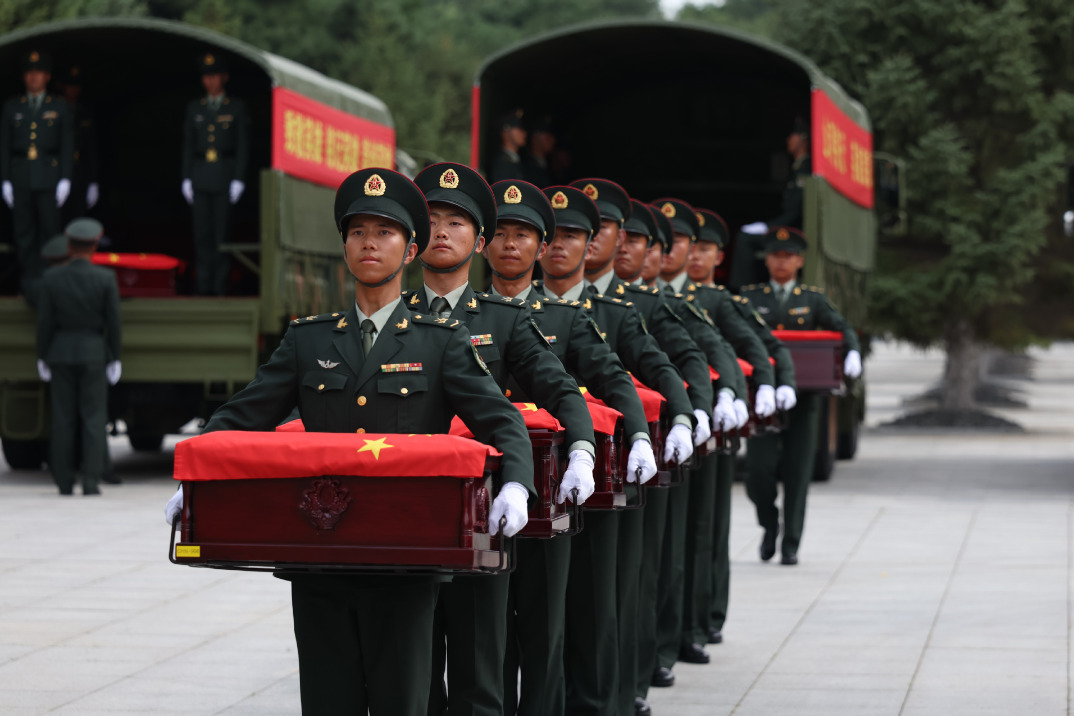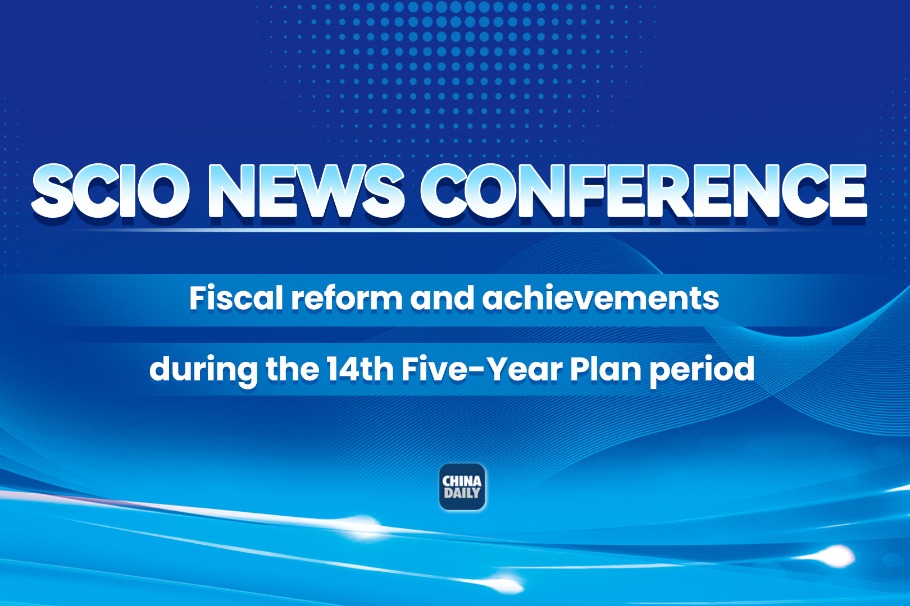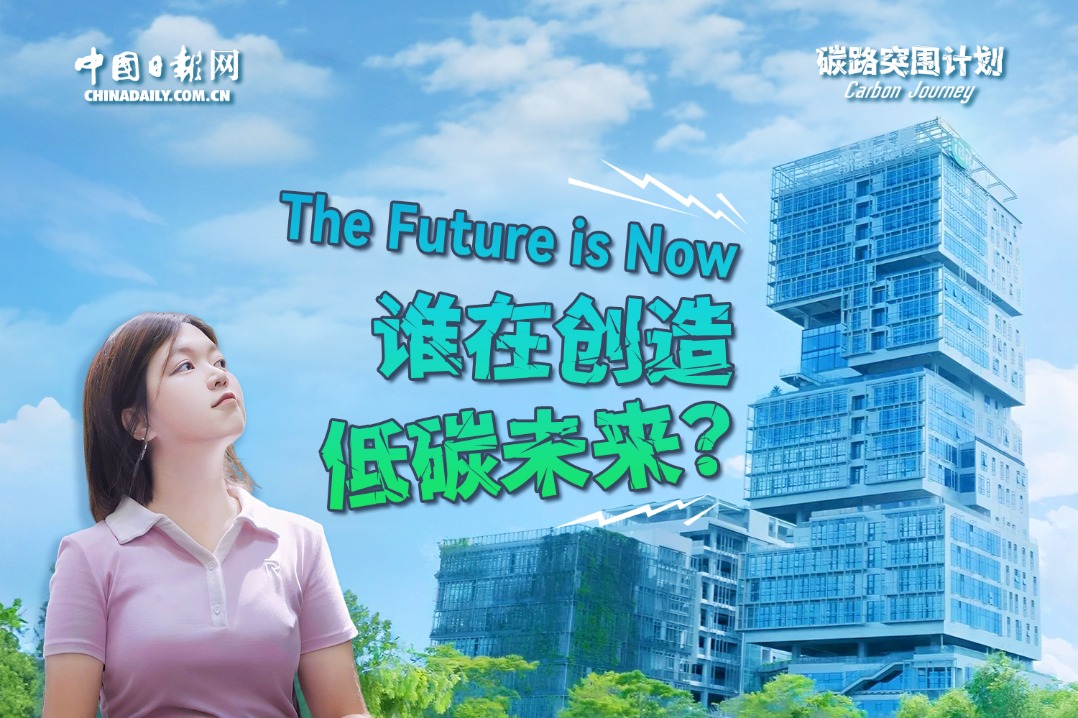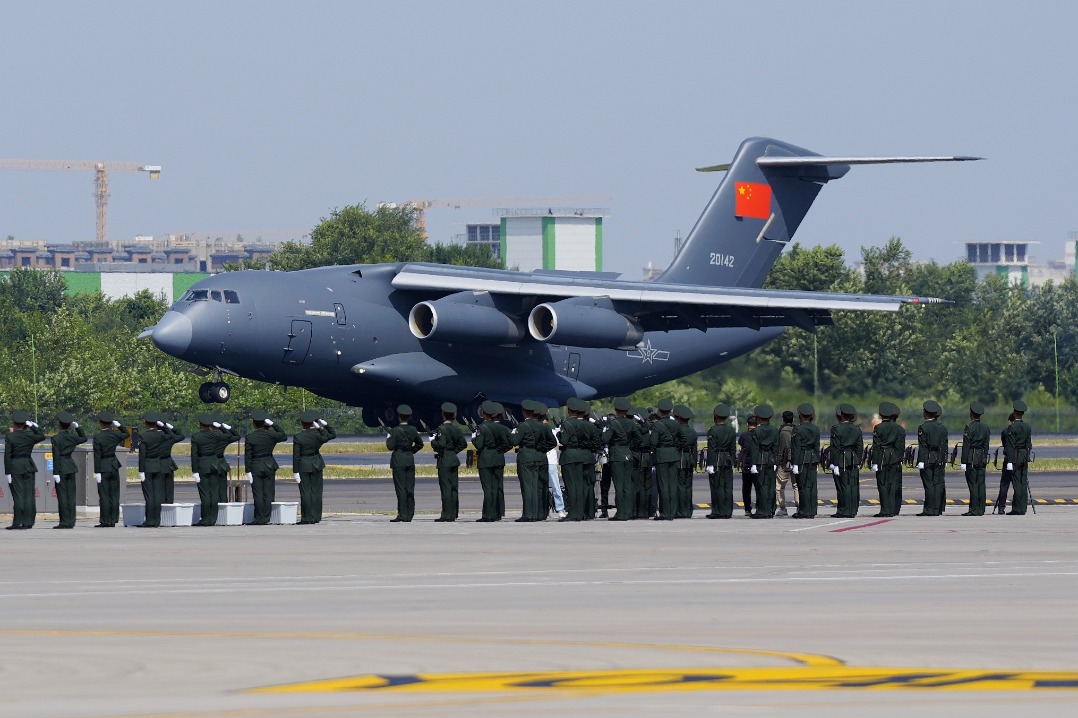Chongqing balances economic, green efforts

A BASF safety helmet was presented to Li Dianxun, vice-mayor of Chongqing, on Sept 15, 2018, by BASF SE Asia-Pacific, a German chemical company.
The helmet was presented by Sanjeev Gandhi, a member of BASF's board of directors, during a meeting of the Chongqing Mayor's International Advisory Council in recognition of the company's 5 million safe working hours during the production of methylene diphenyl diisocyanate, or MDI, at the BASF facility in Chongqing.
MDI is an important component of polyurethane, a plastic material that contributes to improved insulation, which helps save energy in buildings, and provides lighter materials for cars.
The chemical company's 8 billion yuan ($114 million) project is one example of local government efforts to balance economic development and environmental protection.
BASF's Chongqing facility, located in Changshou district, is about 60 kilometers east of the city's downtown and on the northern bank of the Yangtze River, which provides water to more than 400 million people.
It has drawn a lot of attention since it cleared China's environmental impact assessment in 2009. BASF started its MDI production at the Chongqing facility in 2015.
Changshou, which means "longevity" in Chinese, has been a chemical manufacturing hub since the 1950s, thanks to its ample water resources and natural gas reserves. Its economic zone and technological area has attracted chemical giants, including BASF, BP and Sinopec.
Ecological and environmental issues have always been priorities in the district because they are critical and sensitive, said Zhao Shiqing, head of Changshou.
"We have invested over 10 billion yuan to build the environment risk control system in the industrial zone," Zhao said. "So far, there has been no major environmental emergency in many years."
The Yangtze, the third-longest river in the world, flows 6,300 kilometers from glaciers in the Qinghai-Tibet Plateau through Chongqing, Wuhan of Hubei province and Nanjing of Jiangsu province, before reaching the East China Sea in Shanghai.
But the river has been facing severe environmental challenges after years of exploitation.
Roughly 691 km of the river run through Chongqing, leading the city to concentrate on ecological restoration and protection and avoid large-scale development, especially after President Xi Jinping's inspection tour of the city in January 2016.
Xi had urged the municipality to become a "pleasant place with clear water and green mountains".
In order to restore water quality, Chongqing's environment authorities banned new chemical projects within 1 km of the major branches of the Yangtze and within 5 km of new industrial parks.
In the Changshou economic and technological area, a closed circuit television camera network monitors every vehicle and production area. Five sewage treatment plants, along with a main sewer pipeline measuring more than a 60 km, collect all wastewater, according to Zhao.
"We have built a five-level water pollution risk control system and online monitoring system to ensure no untreated industrial sewage flows into the Yangtze," he said.
In addition, the area's 24-hour all-weather emergency response center connects with the local police and fire departments as well as the medical emergency system and environmental protection hotline to give immediate notice if any accident occurs.
Thanks to its green development strategy, Changshou has achieved high-quality economic development with an 18 percent reduction in energy consumption per unit of GDP in the past two years, Zhao added.
In the future, Chongqing will try to become part of the pilot program for becoming a zero waste city, according to Xin Shijie, director of Chongqing ecology and environment bureau.
Today's Top News
- Chinese Vice-Premier He Lifeng to go to Spain for trade talks with US: commerce ministry
- China tests moon-mission rocket
- Martyrs' remains return to homeland
- Forum eyes world peace and stability
- FM urges US to 'exercise prudence in words, deeds'
- Large lenders go all in on tech finance






























